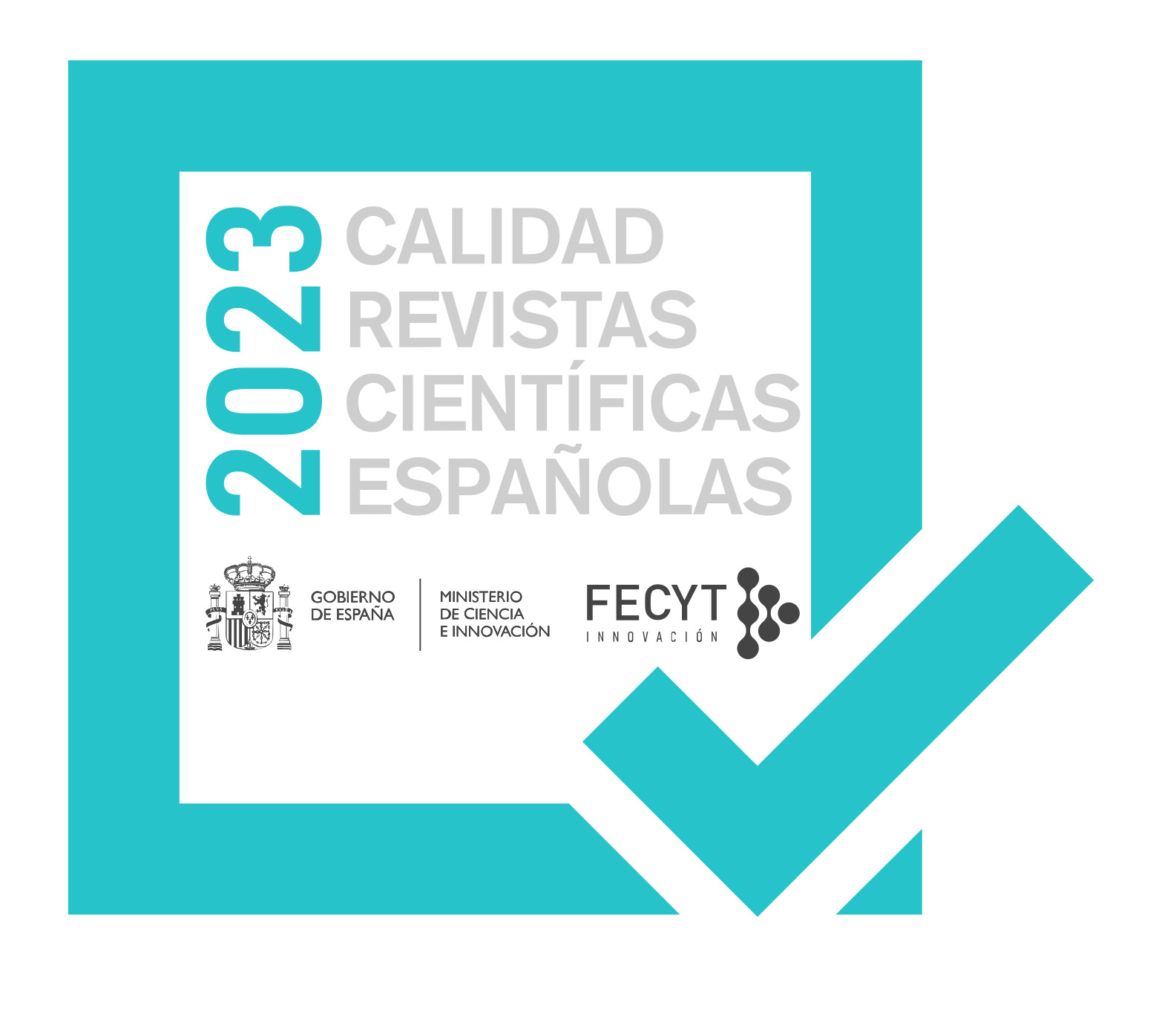From Purāṇic to Folk: the ‘Kirātārjunīyam Ballade’ and Visuals
Abstract
The present article aims to examine a folk literary motif from the ‘Kirātārjunīyam’. Kirāta (hunter-Śiva) and Arjuna once needed to clash with each other during the forest life of the Pāṇḍavas. Arjuna wanted to obtain the coveted pāśupatāstra from Śiva that could only be awarded to a soldier of mettle to wield the missile efficiently. Arjuna undertook hazardous tapas pleased with which Śiva tested Arjuna and finally awarded the astra. This myth appears in the Mahābhārata dated sometime in the fifth century BCE and its folk origin may get back to the immoral past. This story was retold in a classical work by the poet Sanskrit Bhāravi in eighteen cantos. The article examines a key motif relating to the Penance of Arjuna (cf. the Māmallapuram bas relief) from the Kirātārjunīyam episode, called pañcāgnitapas and how the Penance of Arjuna is retold in the ballad understudy? Several folk motifs of kuṟavaṉ-kuṟatti of Kuṟṟālakkuṟavañci are illustrated in a later phase of the art in Tamilnadu (e.g., the Thousand-Pillared Hall of the Great Maturai Temple of the Nāyaka period). Kirātārjunīyam was a popular motif in sculptural art though the ages.
Downloads
Article download
License
In order to support the global exchange of knowledge, the journal Eikon Imago is allowing unrestricted access to its content as from its publication in this electronic edition, and as such it is an open-access journal. The originals published in this journal are the property of the Complutense University of Madrid and any reproduction thereof in full or in part must cite the source. All content is distributed under a Creative Commons Attribution 4.0 use and distribution licence (CC BY 4.0). This circumstance must be expressly stated in these terms where necessary. You can view the summary and the complete legal text of the licence.











